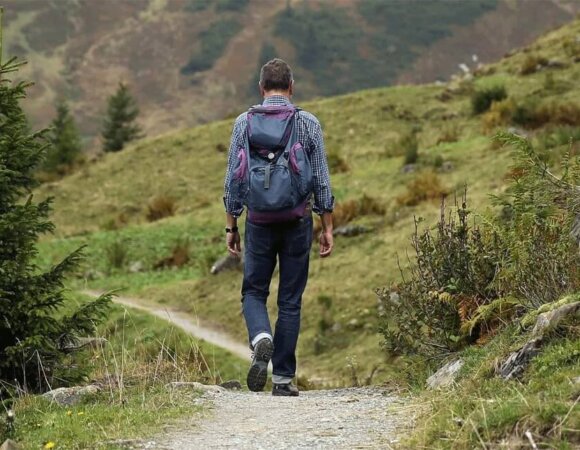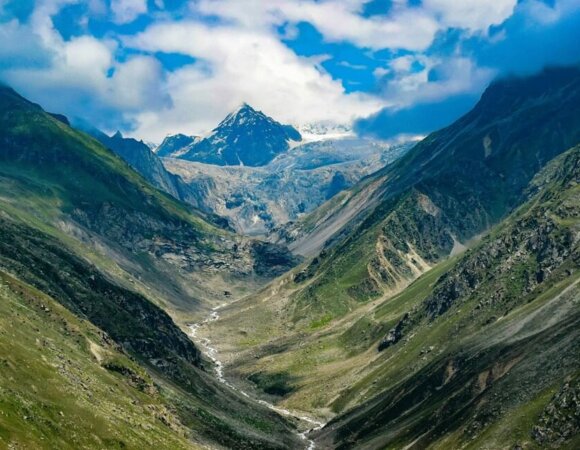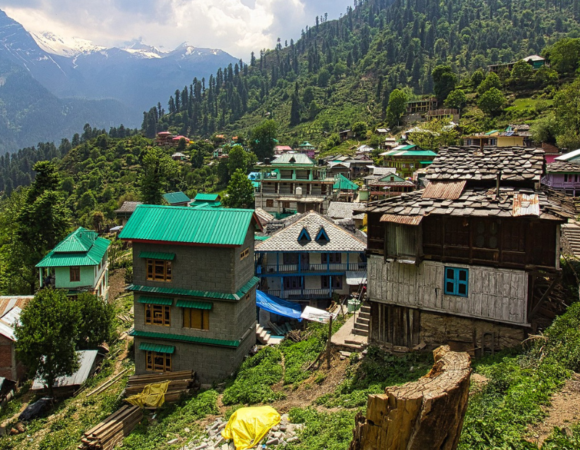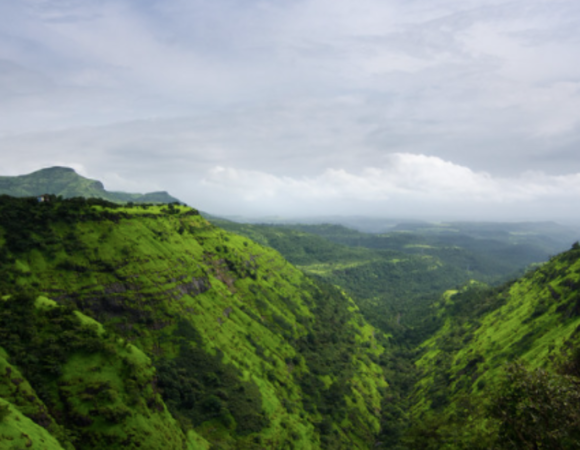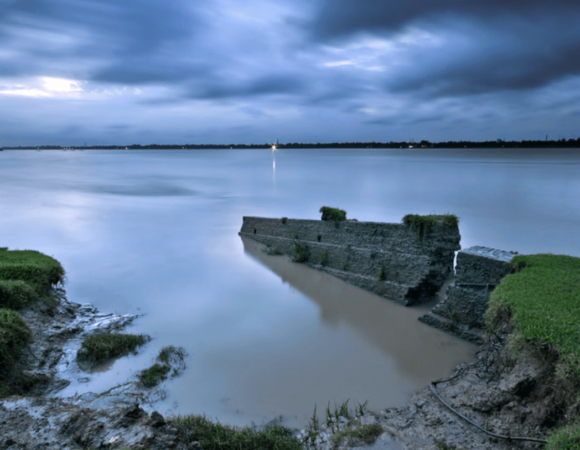How to Manage Waste Responsibly While Trekking
How to manage waste responsibly while trekking is essential for preserving natural environments. This guide provides practical techniques for minimizing environmental impact, adopting Leave No Trace principles, and implementing effective waste management in trails.
Table of Contents
ToggleThe Importance of Responsible Waste Management

When venturing into the wilderness, understanding how to manage waste responsibly while trekking becomes crucial for preserving the natural beauty we seek to enjoy. As outdoor enthusiasts, we are responsible for protecting the environments we explore. Proper waste management in trails isn’t just good etiquette—it’s essential for ecosystem health and sustainability.
The growing popularity of trekking has increased human impact on fragile wilderness areas. Every piece of trash left behind degrades these precious environments. By learning the steps to manage waste effectively during your adventures, you contribute to conservation efforts that ensure these spaces remain pristine for future generations.
This comprehensive guide will walk you through practical strategies for responsible waste management while enjoying nature’s wonders. From pre-trip planning to post-trek responsibilities, you’ll discover how to minimize your environmental footprint.
Planning Ahead: The First Step in Waste Management
Preparing for Minimal Waste

Before you even set foot on the trail, proper planning is essential for how to manage waste responsibly while trekking. The journey toward effective waste management in trails begins at home during your preparation phase.
Choose products with minimal packaging for your trek. Repackage food items into reusable containers when possible. This simple step reduces the amount of potential trash you’ll need to manage later. Consider these waste-reduction strategies:
- Remove excess packaging before departing
- Use reusable storage bags instead of disposable options
- Select foods with biodegradable packaging when available
- Pack snacks in bulk rather than individually wrapped portions
Essential Gear for Waste Management

Equipping yourself with the right tools makes implementing steps to manage waste much easier. Include these items in your packing list:
- Sealable waste bags (consider dedicated trash dry bags)
- Small trowel for catholes (if appropriate for your destination)
- Hand sanitizer
- Toilet paper in a waterproof container
- Feminine hygiene product disposal bags
- Waste storage containers for food scraps
Researching your destination’s specific waste management regulations is crucial. Some popular trekking areas have strict pack-in, pack-out policies, while others may have composting toilets available. Understanding these rules helps you prepare appropriately.
Understanding the Leave No Trace Principles

The Seven Core Principles
Learning how to manage waste responsibly while trekking aligns perfectly with Leave No Trace (LNT) ethics. These principles provide the foundation for all waste management in trails:
- Plan ahead and prepare
- Travel and camp on durable surfaces
- Dispose of waste properly
- Leave what you find
- Minimize campfire impact
- Respect wildlife
- Be considerate of other visitors
The third principle—dispose of waste properly—directly addresses our topic, but all seven interconnect to minimize environmental impact.
Adapting Leave No Trace to Different Environments
Different ecosystems require specific steps to manage waste appropriately. Alpine environments are particularly sensitive to human waste, while desert ecosystems may require unique disposal methods due to slow decomposition rates.
Research the specific LNT recommendations for your destination. Land managers and conservation organizations often provide ecosystem-specific guidelines for waste management in trails. These resources help you adapt general principles to particular environments.
Handling Different Types of Waste While Trekking
Food Waste Management

Food waste attracts wildlife and disrupts natural feeding behaviors. Proper management of food waste is a critical component of how to manage waste responsibly while trekking. Follow these guidelines:
- Pack out all uneaten food and food scraps
- Avoid dumping cooking water near water sources
- Strain dishwater and pack out food particles
- Never bury food waste (animals will dig it up)
- Store food waste in odor-proof containers
Even biodegradable food waste like apple cores or orange peels should be packed out. These items can take months or years to decompose in certain environments and create unnatural food sources for wildlife.
Human Waste Disposal

Proper human waste disposal is among the most important steps to manage waste during your trek. Improper disposal can contaminate water sources and spread disease. Follow these guidelines:
For solid human waste:
- Use established facilities when available
- Dig a cathole 6-8 inches deep at least 200 feet from water sources, campsites, and trails
- Cover and disguise the cathole when finished
- Pack out toilet paper in a dedicated bag
For urine:
- Urinate on rocks or durable surfaces when possible
- Dilute urine spots with water if in high-use areas
- Avoid urinating near water sources
In environmentally sensitive areas or high-altitude locations, you may need to pack out all human waste using WAG (Waste Alleviation and Gelling) bags or portable toilet systems.
Trash and Packaging
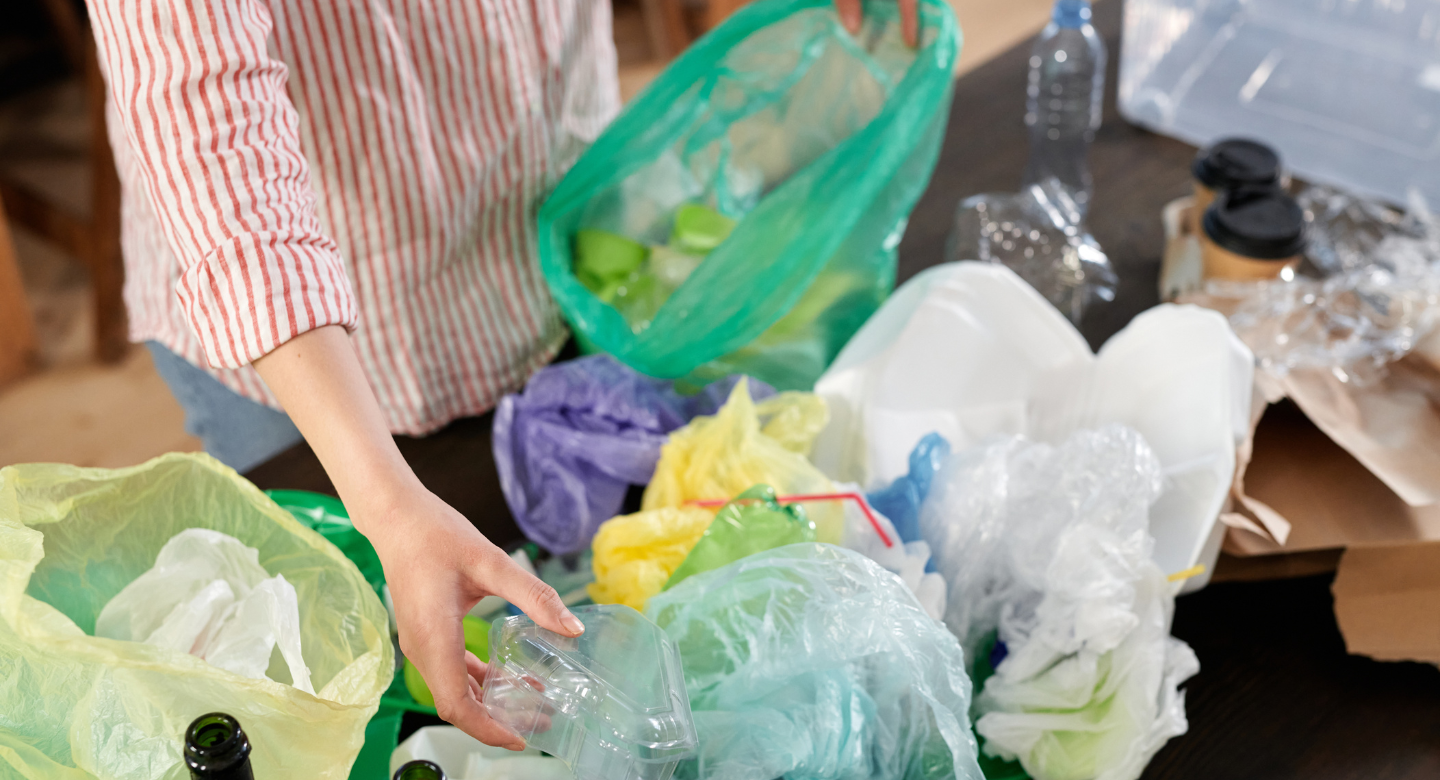
The core principle of how to manage waste responsibly while trekking is simple: pack it in, pack it out. Every item you bring must leave with you. Implement these waste management in trails practices:
- Designate a specific trash bag for collecting waste
- Secure trash to prevent items from falling out or being blown away
- Compress packaging to save space
- Separate wet trash from dry trash
- Pick up any litter you find, even if it isn’t yours
Consider conducting a “trash audit” after each trip. Examine what you’re bringing back and think about ways to reduce packaging on future treks.
Minimizing Waste from the Start
Smart Packing Strategies

Effective waste management in trails begins with smart packing choices. By minimizing what you bring, you automatically reduce potential waste. Consider these strategies:
- Choose durable, reusable items over disposable ones
- Transfer food from commercial packaging to reusable containers
- Bring only what you need, avoiding excess
- Select multi-purpose items to reduce overall gear
- Opt for concentrated products (like soap) to reduce packaging
Meal planning is particularly important. Calculate your food needs precisely to avoid excess that becomes waste. Pre-portion meals into reusable containers or bags.
Eco-Friendly Products for Trekking

Selecting environmentally friendly products supports your efforts in how to manage waste responsibly while trekking. Look for:
- Biodegradable soap and toothpaste
- Plastic-free packaging options
- Durable gear that won’t need replacement
- Rechargeable batteries instead of disposables
- Products made from recycled materials
Remember that even biodegradable products must be properly disposed of. Never wash with soap directly in natural water sources, even if the soap claims to be biodegradable.
Waste Management Techniques for Different Trail Situations
Day Hikes vs. Multi-Day Treks

The duration of your trek affects your approach to waste management in trails. Day hikers can often pack light and bring all waste back to proper disposal facilities. Multi-day trekkers face more complex challenges.
For day hikes:
- Bring a small sealable bag for trash
- Plan meals that create minimal waste
- Carry out all trash, including food scraps
For multi-day treks:
- Implement a comprehensive system for different waste types
- Consider compression methods for bulky trash
- Use odor-proof bags for food waste
- Plan for human waste management appropriate to your destination
Learning how to manage waste responsibly while trekking becomes increasingly important as trip length increases. Longer trips require more meticulous planning and dedicated systems.
Group Trekking Waste Management

When trekking in groups, coordinate waste management responsibilities. Designate specific roles:
- Appoint a “Leave No Trace monitor” to oversee waste management efforts
- Share responsibility for carrying group waste
- Conduct daily mini-cleanups of camping areas
- Develop a group system for human waste management
Group leaders should demonstrate proper steps to manage waste and explain the importance of these practices, especially to newcomers. Leading by example creates lasting impressions about responsible outdoor ethics.
Remote vs. Popular Trail Systems
Different locations require adaptations to your waste management in trails strategy:
For popular trails:
- Follow established waste disposal protocols
- Use provided facilities like composting toilets when available
- Be extra vigilant about micro-trash in high-use areas
- Consider volunteering for trail cleanup events
For remote wilderness:
- Research specific leave-no-trace guidelines for the region
- Bring specialized equipment for waste removal
- Plan for complete self-sufficiency in waste management
- Document your route to ensure all waste is packed out
The more remote your destination, the more critical your understanding of how to manage waste responsibly while trekking becomes. Remote areas may lack recovery capacity if waste is improperly handled.
Special Considerations for Different Ecosystems
Alpine and High-Altitude Environments

Alpine environments present unique challenges for waste management in trails. Cold temperatures slow decomposition, and thin soils provide little microbial activity to break down waste. Consider these adaptations:
- Pack out all human waste using WAG bags or portable toilet systems
- Be especially vigilant about micro-trash in snow environments
- Melt snow far from water sources when obtaining water
- Avoid disposing of anything in rock cracks or crevices
The visual impact of waste is particularly pronounced in alpine areas, where it may remain visible for years. Understanding how to manage waste responsibly while trekking in these sensitive zones is essential for preservation.
Desert and Arid Environments

Arid environments also require specialized steps to manage waste:
- Dig catholes in organic soil when available, not in dry washes
- Pack out toilet paper as it decomposes extremely slowly in dry conditions
- Be mindful that food scraps take much longer to decompose
- Never bury waste in cryptobiotic soil crusts
The intense sun in desert environments can degrade plastic bags, potentially releasing trash. Double-bag waste and keep it out of direct sunlight when possible.
Riparian and Water Environments

When trekking near water sources, waste management becomes especially critical:
- Maintain at least 200 feet (about 70 adult steps) from water for any waste disposal
- Never wash dishes or yourself directly in water sources
- Consider packing out all human waste near water sources
- Be extra cautious with sunscreen, insect repellent, and other potential water contaminants
Water ecosystems are particularly vulnerable to pollution, making proper waste management in trails near these resources a top priority for ecological health.
Managing Hygiene Products and Medical Waste

Feminine Hygiene Products
Understanding how to manage waste responsibly while trekking includes proper disposal of feminine hygiene products:
- Always pack out all feminine hygiene products
- Use dedicated, opaque bags for storage
- Consider using reusable options like menstrual cups to reduce waste
- Never bury or burn these products
These items decompose very slowly and can be dug up by animals if buried.
Medical Waste and Medications
Proper handling of medical waste requires special attention:
- Pack a small sharps container for needles or lancets
- Bring extra zip-lock bags for used bandages or dressings
- Never dispose of medications in the wilderness
- Mark medical waste clearly to protect others who might handle your trash
These steps to manage waste help protect wildlife from consuming potentially harmful substances and prevent accidental exposure to others.
Educating Others About Responsible Waste Management
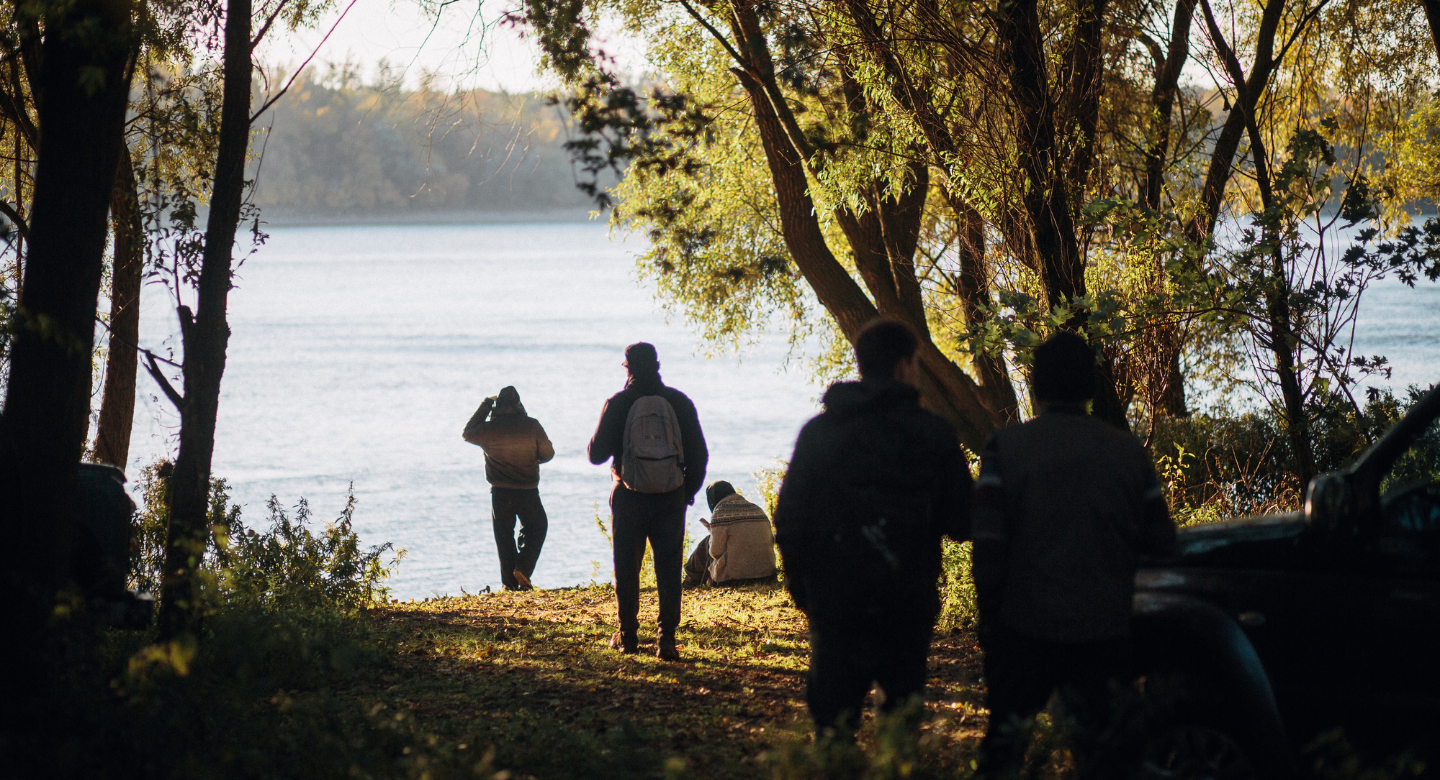
Leading by Example
One of the most powerful ways to promote how to manage waste responsibly while trekking is through personal example:
- Practice visible waste collection, even picking up others’ trash
- Demonstrate proper techniques without being preachy
- Share your waste management system when others show interest
- Celebrate success stories of minimal-impact trekking
Your actions speak volumes and can inspire others to adopt better waste management in trails.
Teachable Moments on the Trail
Look for opportunities to educate others respectfully:
- Offer waste bags to unprepared hikers you encounter
- Share resources about local waste management regulations
- Volunteer as a trail steward or for cleanup events
- Use social media to showcase proper waste management practices
Education should always be approached with respect and humility, recognizing that we all have room to improve our environmental practices.
Post-Trek Responsibilities
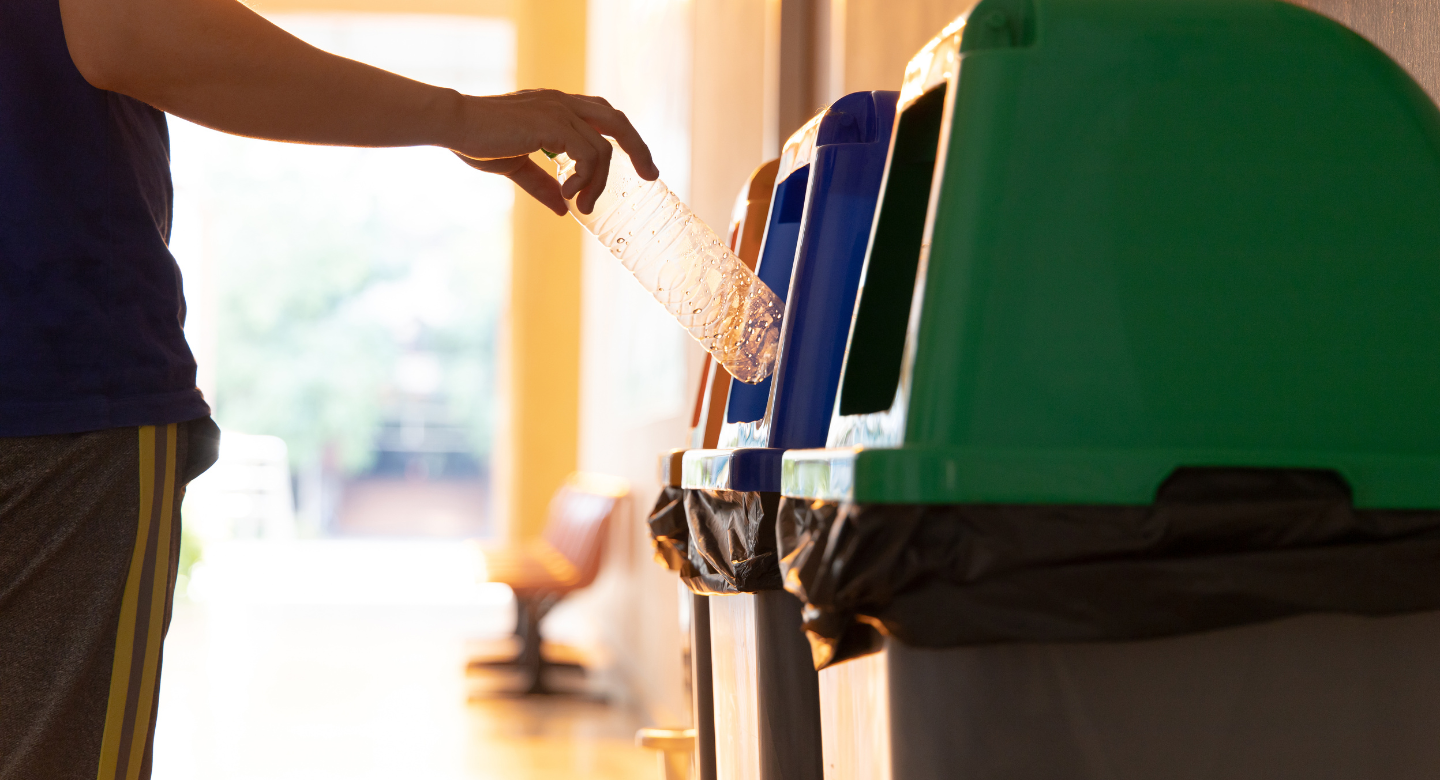
Proper Disposal After Your Return
Your responsibility for waste management continues after leaving the trail:
- Dispose of collected trash in appropriate facilities
- Clean and disinfect waste storage containers
- Wash reusable items thoroughly
- Recycle materials whenever possible
These final steps to manage waste complete the cycle of responsible trekking.
Evaluating and Improving Your System
After each trek, assess your waste management approach:
- What worked well in your system?
- What could be improved?
- Did you generate more waste than expected in any category?
- How might you reduce waste on future trips?
This reflection helps refine your understanding of how to manage waste responsibly while trekking for future adventures.
Technology and Innovation in Trail Waste Management

New Products and Approaches
The field of waste management in trails continues to evolve with innovative solutions:
- Compostable packaging alternatives
- Lightweight, efficient portable toilet systems
- Odor-proof storage options
- Apps for identifying proper disposal locations
Stay informed about new developments that might improve your waste management strategy.
Digital Resources for Trekkers
Technology offers valuable support for learning steps to manage waste:
- GPS-marked toilet facilities on popular trails
- Waste management regulation databases by region
- Forums for sharing best practices
- Virtual training on Leave No Trace principles
These digital tools can enhance your preparation and execution of responsible waste management.
Community Efforts and Volunteer Opportunities
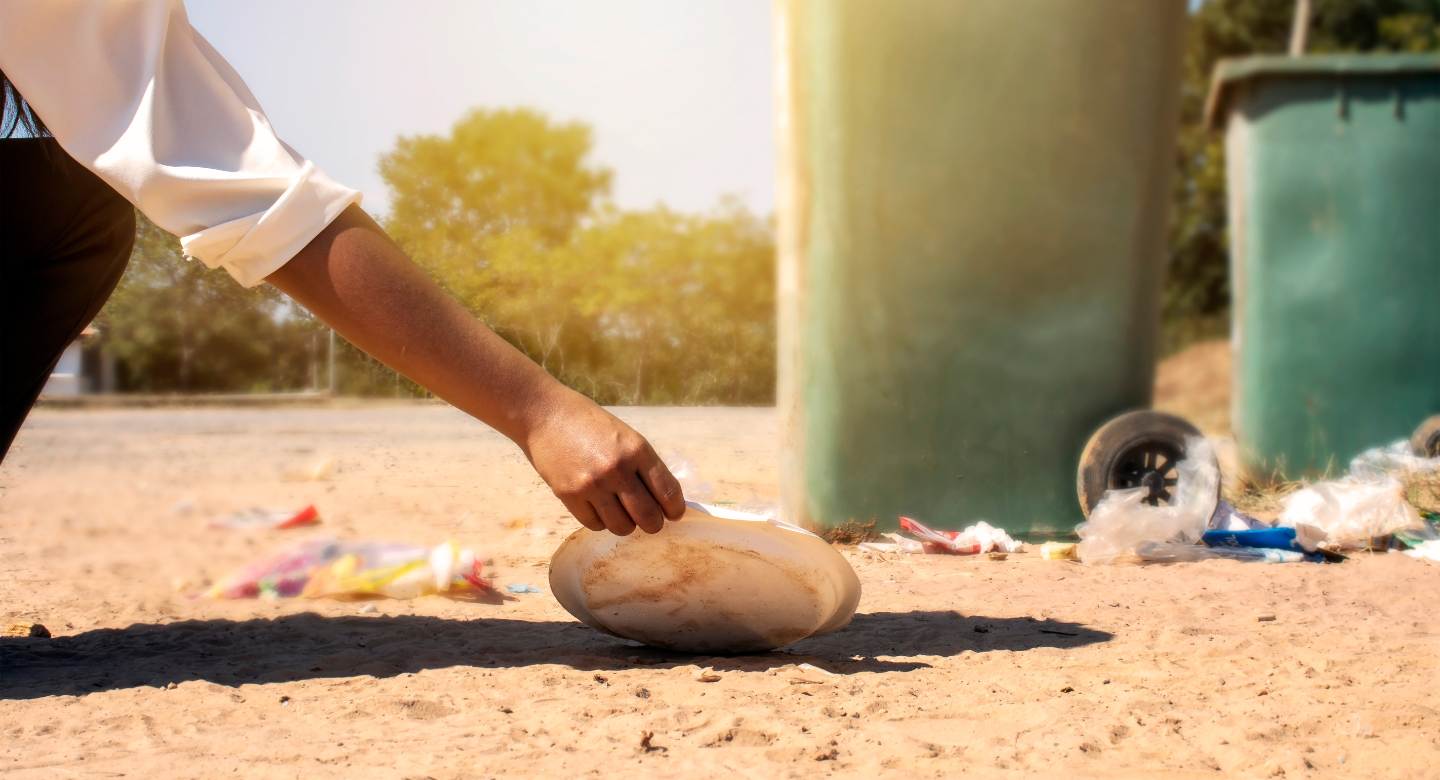
Trail Maintenance Organizations
Consider supporting organizations dedicated to trail preservation:
- Join trail cleanup events
- Volunteer for waste management education programs
- Support advocacy for proper facilities in popular areas
- Participate in waste impact studies
These community efforts multiply the impact of individual actions in waste management in trails.
Citizen Science and Waste Monitoring
Many organizations need help tracking waste impacts:
- Document waste issues you encounter on trails
- Report improper waste disposal to land managers
- Participate in microplastic monitoring programs
- Contribute to waste audit projects
These activities expand our collective understanding of how to manage waste responsibly while trekking and its importance.
Conclusion: Your Role in Preserving Natural Spaces
Understanding and implementing steps to manage waste is not merely a technical skill—it’s an ethical commitment to the natural world. By mastering how to manage waste responsibly while trekking, you become a steward of the environments you love to explore.
Remember that effective waste management in trails begins before your journey and continues after you return home. Each trek offers an opportunity to refine your practices and reduce your impact further.
The wilderness provides us with adventure, solace, and connection. In return, we owe it our protection through diligent waste management practices. By following the guidelines in this article and continuing to educate yourself, you contribute to preserving these special places for generations to come.
The next time you prepare for a trek, revisit these waste management in trails strategies. Share your knowledge with fellow trekkers. Together, our collective commitment to how to manage waste responsibly while trekking can make a significant difference in maintaining the health and beauty of our wild spaces.
Explore More Such Blogs
How can you do a Zero-Waste Trekking in the Himalayas?
How to manage Sanitary waste in the mountains
Frequently Asked Questions (FAQs) on How to Manage Waste Responsibly While Trekking
What is the “pack it in, pack it out” principle?
“Pack it in, pack it out” is a fundamental waste management principle that means everything you bring into a natural area must leave with you. This includes all trash, leftover food, packaging, and hygiene products. The goal is to leave no trace of your visit, preserving the environment in its natural state.
How do I properly dispose of human waste while trekking?
For proper human waste disposal, dig a cathole 6-8 inches deep at least 200 feet from water sources, trails, and campsites. After use, cover the cathole completely with soil and natural materials. In sensitive environments or high-use areas, you may need to pack out human waste using WAG bags or portable toilet systems. Always check local regulations, as requirements vary by location.
Can I bury food waste since it’s biodegradable?
No, you should never bury food waste, even “biodegradable” items like fruit peels or cores. These items can take months or even years to decompose depending on the environment, attract wildlife, disrupt natural feeding behaviors, and introduce non-native seeds. All food waste should be packed out with your other trash.
What should I do with toilet paper in the wilderness?
The best practice is to pack out used toilet paper in a dedicated, sealable bag. Some areas may permit burial of toilet paper with human waste, but decomposition is often slow, especially in dry or cold environments. Using natural alternatives (like smooth stones, snow, or leaves) or dampened reusable cloths (packed out in sealed containers) reduces waste impact.
How do I manage waste on longer multi-day treks?
For multi-day treks, use a dedicated waste management system with separate containers for different waste types. Compress trash to save space, use odor-proof bags for food waste and toilet paper, and consider lightweight dry bags for waste storage. Plan meals carefully to minimize packaging waste, and calculate precisely to avoid excess food.
What’s the best way to dispose of feminine hygiene products while trekking?
Always pack out all feminine hygiene products in opaque, sealable bags. Never bury or burn these items as they decompose very slowly and may be dug up by animals. Consider using reusable options like menstrual cups or period underwear to reduce waste during your trek.
How should I wash dishes without contaminating water sources?
Wash dishes at least 200 feet from any water source. Scrape food particles into your waste bag first. Use minimal biodegradable soap or hot water alone. Strain dishwater through a fine mesh strainer, collect food particles to pack out, and scatter strained water widely. Never dispose of dishwater directly in streams or lakes.
What should I do if I find trash on the trail that isn’t mine?
If you’re able, pick up trash left by others—this is known as “packing out more than you pack in.” This good stewardship helps preserve natural areas for everyone. Consider carrying a separate small bag specifically for collecting litter you find along the trail.
Do different environments require different waste management techniques?
Yes, absolutely. Alpine areas often require packing out all human waste due to slow decomposition at high altitudes. Desert environments need special care with catholes and toilet paper management due to extremely slow decomposition rates. Riparian zones (near water) require increased distance from water sources for any waste management activities. Always research specific guidelines for your destination.
What waste management supplies should I always include in my trekking kit?
Essential waste management supplies include:
Sealable plastic bags for trash
Dedicated opaque bags for toilet paper and hygiene products
A small trowel for digging catholes (where permitted)
Hand sanitizer
Biodegradable soap in a small container
A mesh strainer for dishwater
WAG bags or a portable toilet system for sensitive environments
Lightweight dry bags for odor containment
Disposable gloves for handling messy waste



